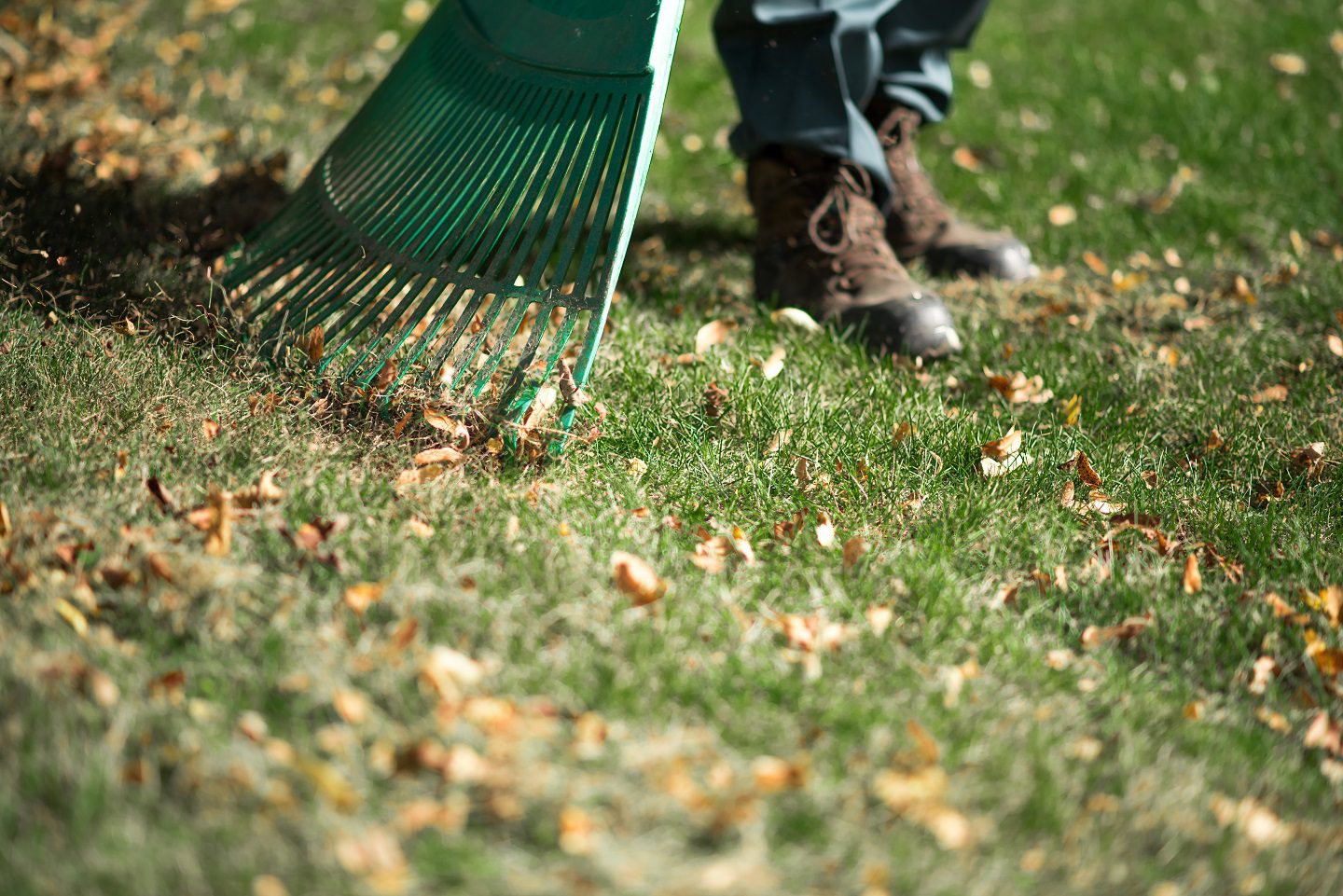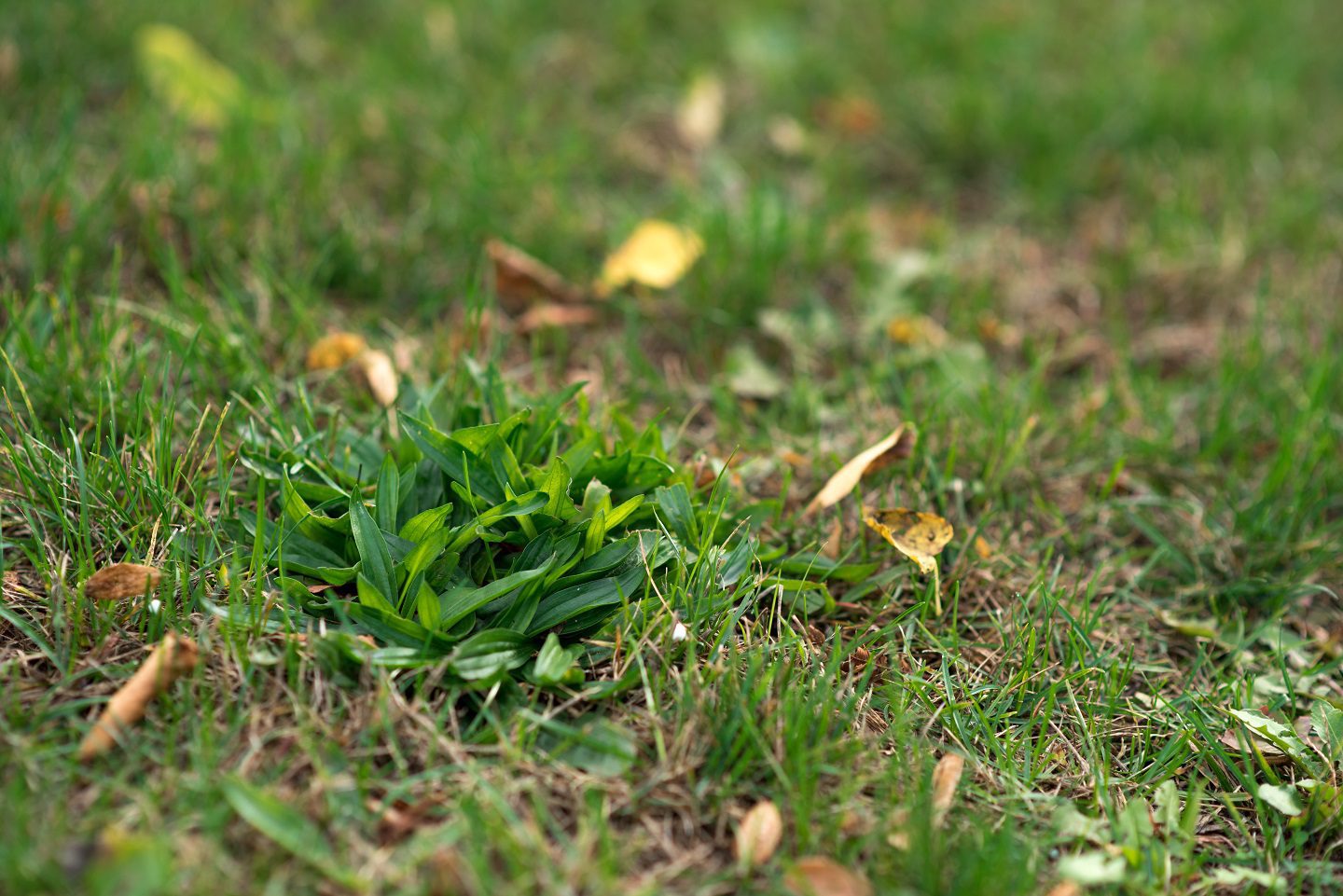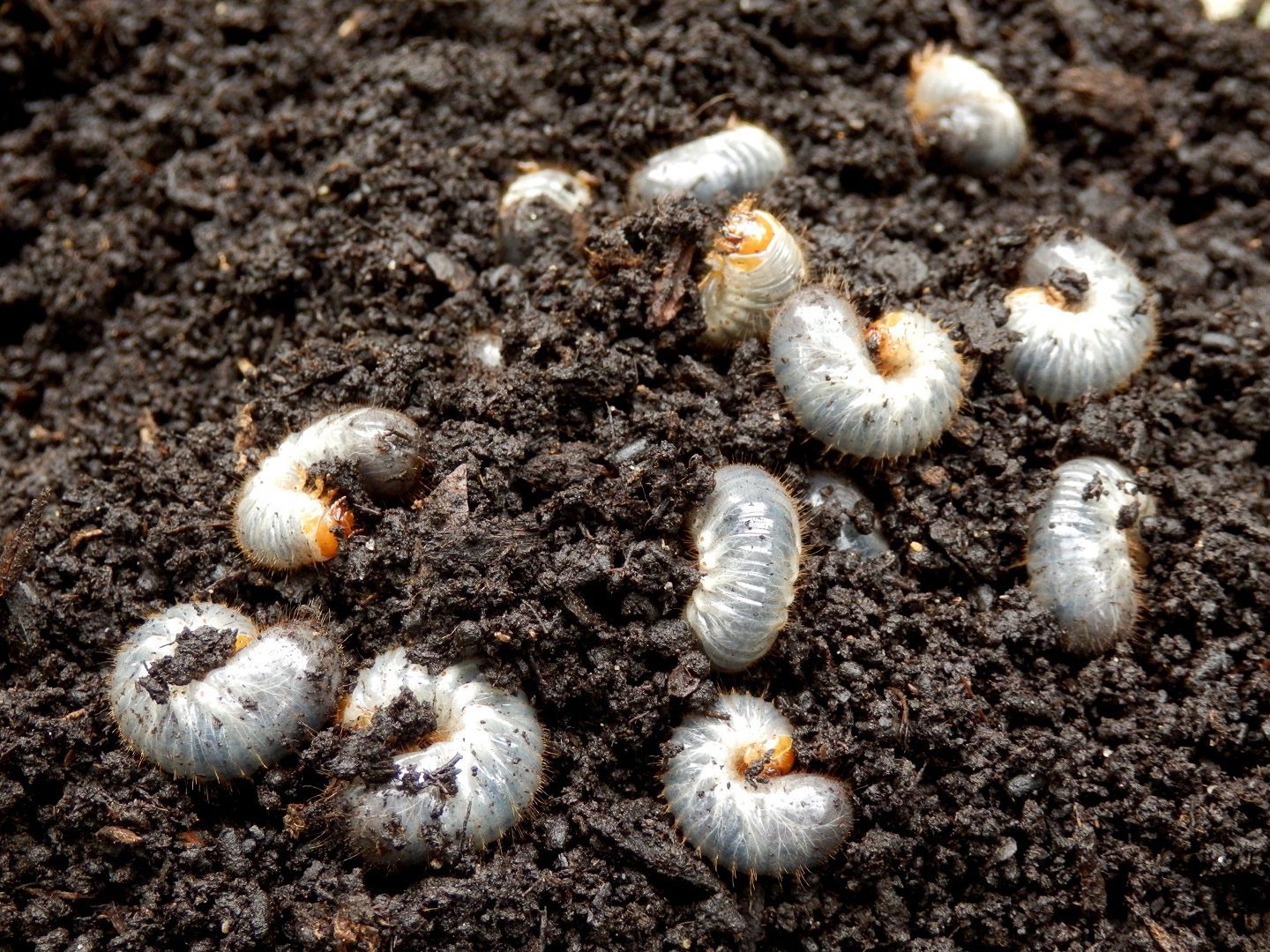Maintaining a lush and healthy lawn can be a challenging task, especially for those who are new to lawn care. With so many different products, techniques, and tools available, it’s no wonder that many people have questions about how to best care for their lawns. From watering schedules to fertilization techniques and pest control, lawn care can seem like a complex and confusing topic. In this blog, we’ll answer some of the most frequently asked questions about lawn care to help you achieve a beautiful and healthy lawn.
How often Should I water my grass?
Your lawn should receive 1-1.5 inches of water per week. Deep watering to a soil depth of at least 6 inches is recommended. Light watering that merely dampens the grass is of little benefit and can actually do harm to your lawn. The best time to water is early in the morning. Avoid watering in the evening as it can promote disease problems.
Do I need to rake my lawn?
Thatch is a build up of dead or decomposing grass that creates a barrier between the surface and the soil, making it difficult for water and nutrients to reach the soil level, leading to lawn disease and other problems. We recommend raking the lawn at least twice per year, once in the spring and again in the fall. Use a hard metal rake to remove thatch.

How often do I mow my lawn and what is the right height for the grass?
Turf can be mowed frequently, but no more that 1/3 of the grass blade should be removed in a single mowing. We recommend a typical mowing height of 2 – 2.5 inches and increasing to 3 inches during dry months. Changing the direction of each mowing helps keep the turf growing in an upright position, reduces turf wear and the possibility of scalping. Mowing too low can produce a shallow root system, making the lawn more susceptible to drought, disease stress an weed invasions. It is best to mow when the turf is dry. Dry grass cuts cleanly and clippings distribute more evenly. Leave the clippings on the lawn unless they are excessively heavy. Sharpen your mower blade once every 6-8 cuttings. A sharp blade slices the grass cleanly, helping to prevent lawn disease from spreading.
How do I know I have crabgrass?
Crabgrass will start to appear in late spring depending on how hot the season has been. It is not visible in late fall. Crabgrass is lime green with short, stubby leaves and is particularly noticeable around boulevards and sides of driveways. In late summer, it is easily recognizable with its long shoots and possible red or purple colouring. Crabgrass is commonly confused with quack or field grass which are green all season long. Quack or field grass are usually mixed with good grasses and are impossible to kill without damaging the surrounding grass. All lawns have some quack or field grass. Prevent crabgrass in your yard with Hometurf’s Crabgrass Control service.

What is “thatch”?
Thatch is a buildup of dead grass that creates a barrier between the surface and the soil, making it difficult for water and other essential nutrients to reach the soil. Minor thatch problems can be kept under control by raking. We recommend raking the lawn twice per season, once in the spring and again in the fall, even if you have a mulching mower. Your lawn should also receive 1-1.5 inches of water per week, either by rainfall or irrigation. Watering in the morning is most beneficial. Cutting should be done on a regular basis, making sure to never remove more than one-third of the leaf blade in a single cutting. Aeration can also help to reduce thatch buildup. If thatch is a bigger problem, dethatching can be done for an extra charge.
What are “grubs”?
“Grubs” refers to the larvae of the European chafer, June beetle, and Japanese beetle. These flying beetles lay their eggs on moist and healthy lawns midsummer and during late summer and into the fall, the grubs feed below the soil on the roots of turf grasses. As the root system is destroyed, sections of turf wilt, turn brown, and are easily pulled back to reveal the grubs beneath.

How do I know if my lawn is affected by grubs?
As grubs feed on the grass roots in late summer, the lawn will begin to brown and wilt in irregular-shaped areas. If you suspect you have grubs, check the root zone of the affected areas for white, c-shaped grubs. Carefully pull back the narrow section of sod where the brown grass meets the green grass and search for the grubs; grub-damaged turf will fold back easily. Secondary damage can also be caused by raccoons and skunks digging up the lawn in search of grubs to eat.
What can be done about grubs?
If the lawn is damaged by grubs, or raccoons or skunks feeding on the grubs, the lawn can be reseeded. The best time to reseed is in spring after the majority of grub damage is done. Rake the area to remove dead grass and uniformly distribute a high-quality grass seed. Ensure that the seed is in contact with the soil by raking it in. Afterwards, spread topsoil or compost over the seeded area. The seedbed should be kept moist until the seeds have germinated and the seedlings are well established. This may require a light sprinkling several times a day. Once the seedlings are mature, routine mowing and lawn maintenance can resume. Say goodbye to grubs with Hometurf’s Grub Control service.
Scheduling your 2023 Hometurf lawn care services is as easy as:
Calling us at 1-888-791-8873,
Entering your property address at https://hometurf.ca or
Emailing us at contact@hometurf.ca
Our friendly and knowledgeable client service members and technicians are ready to help!
